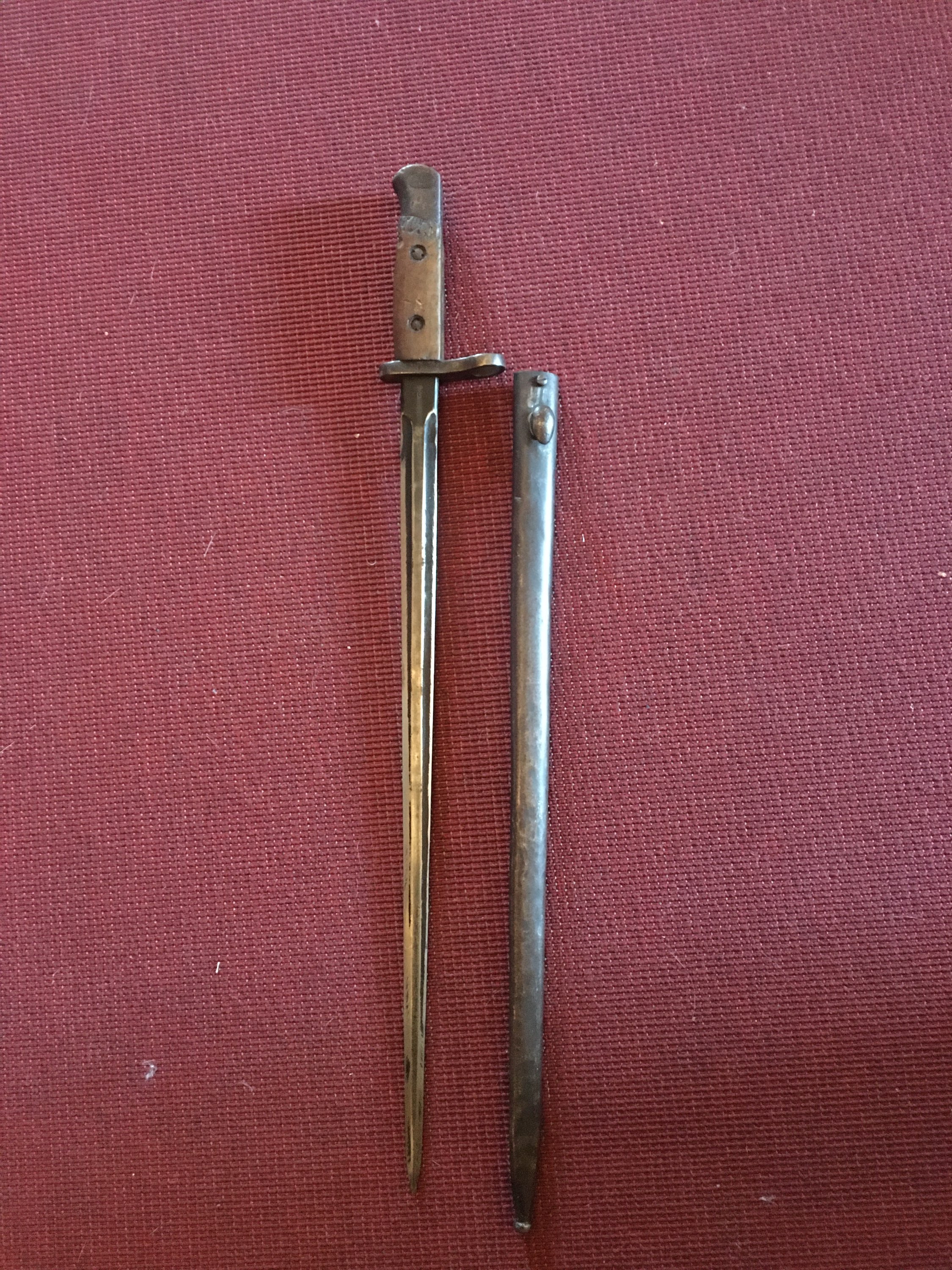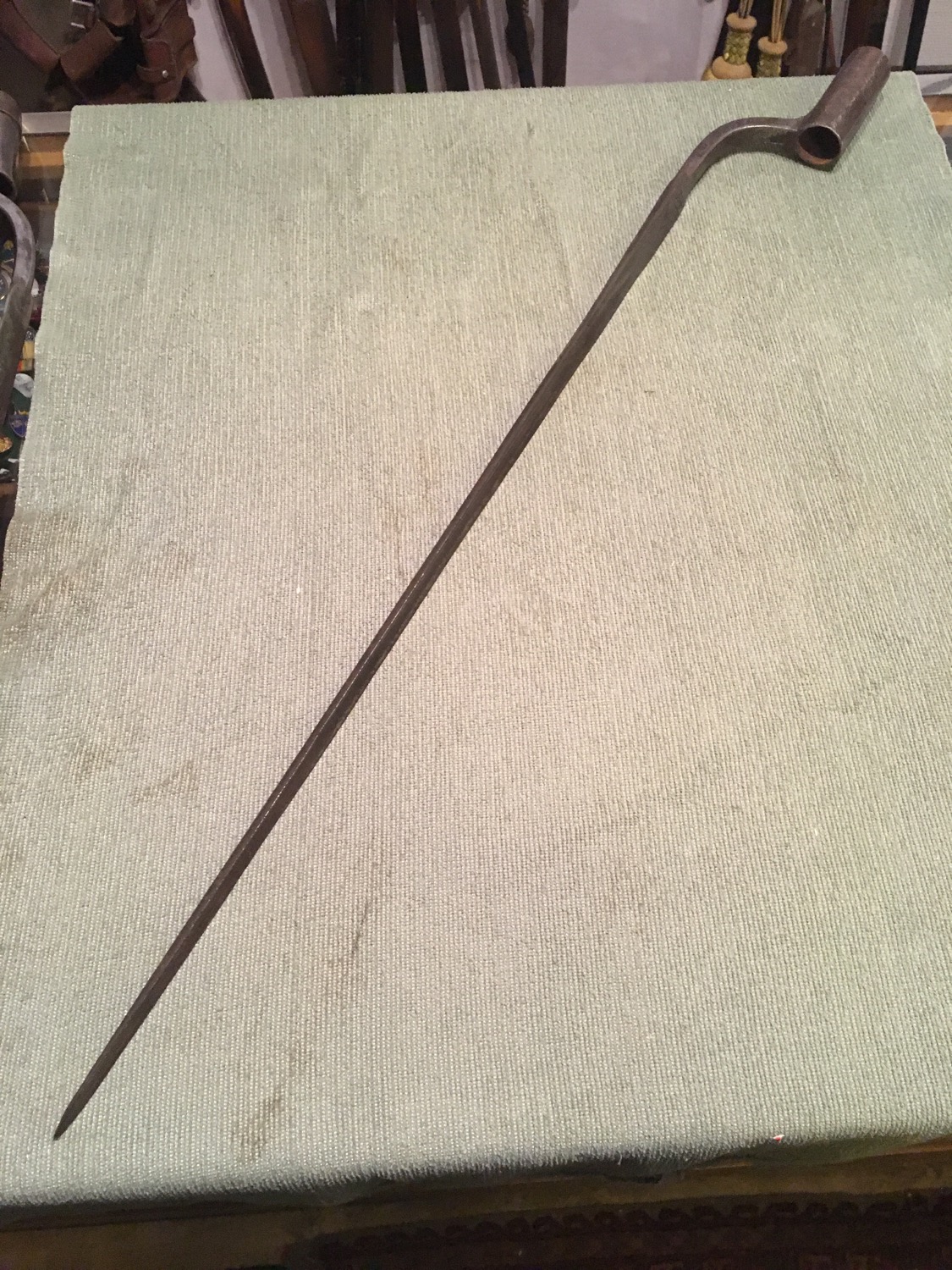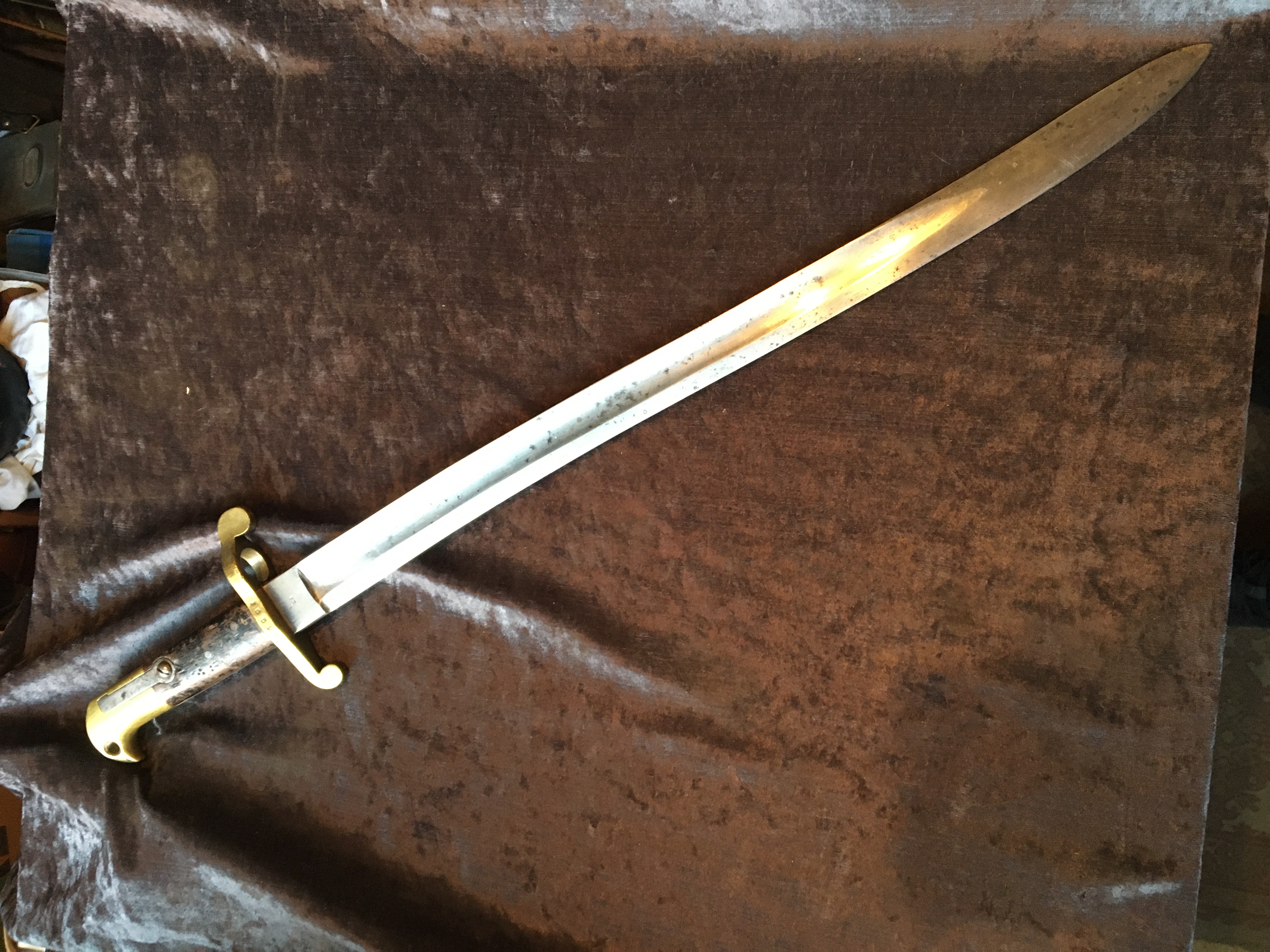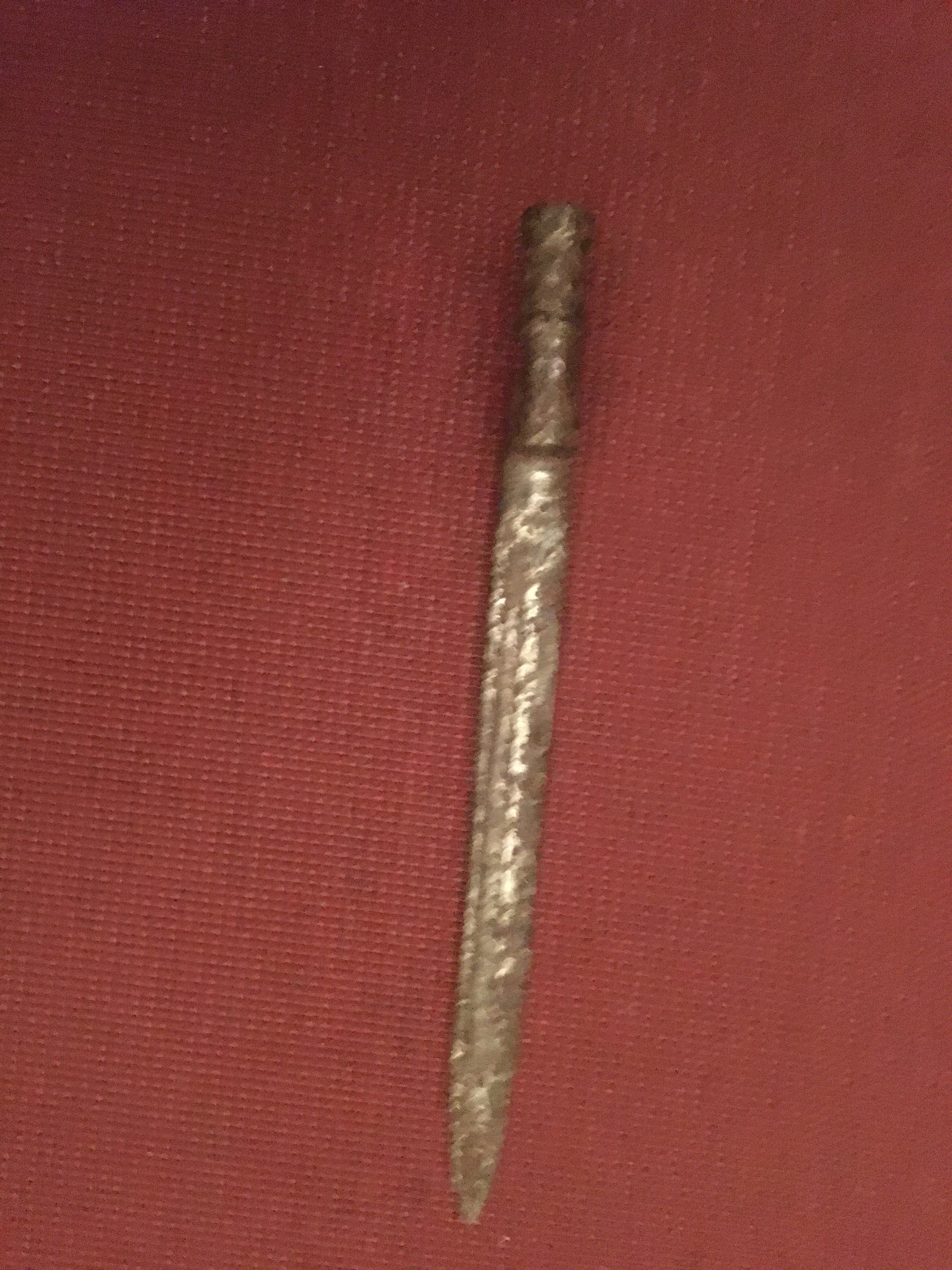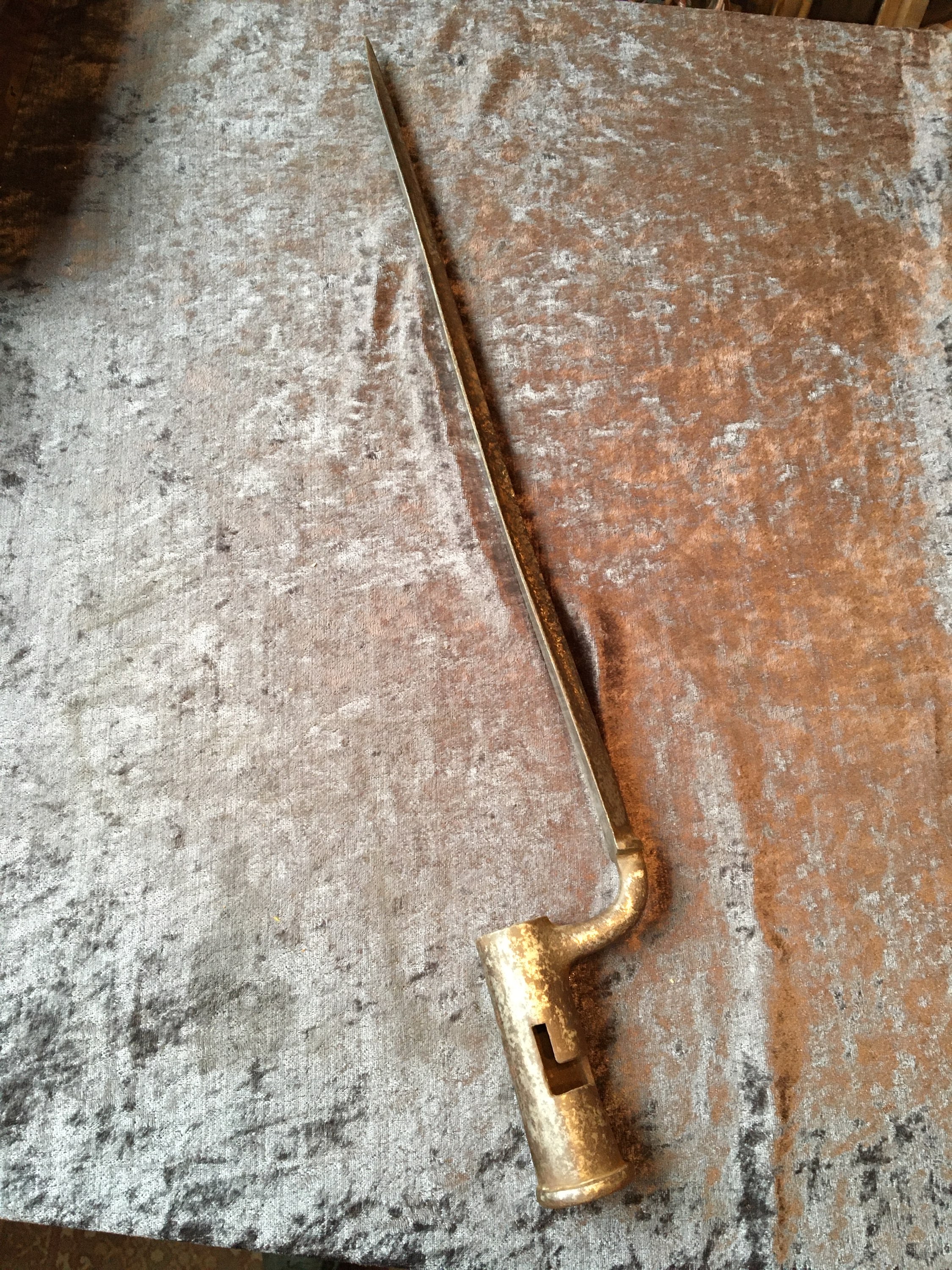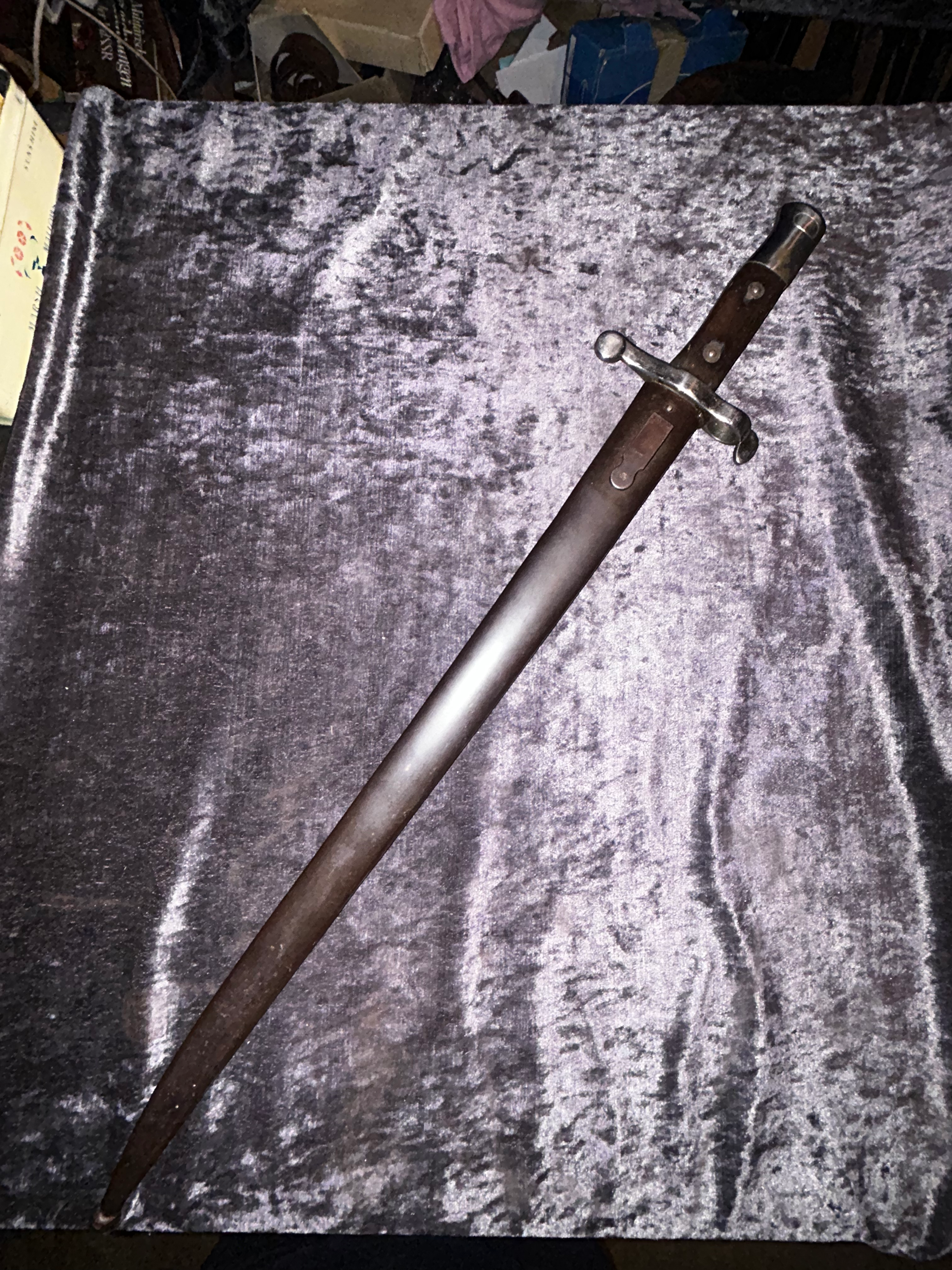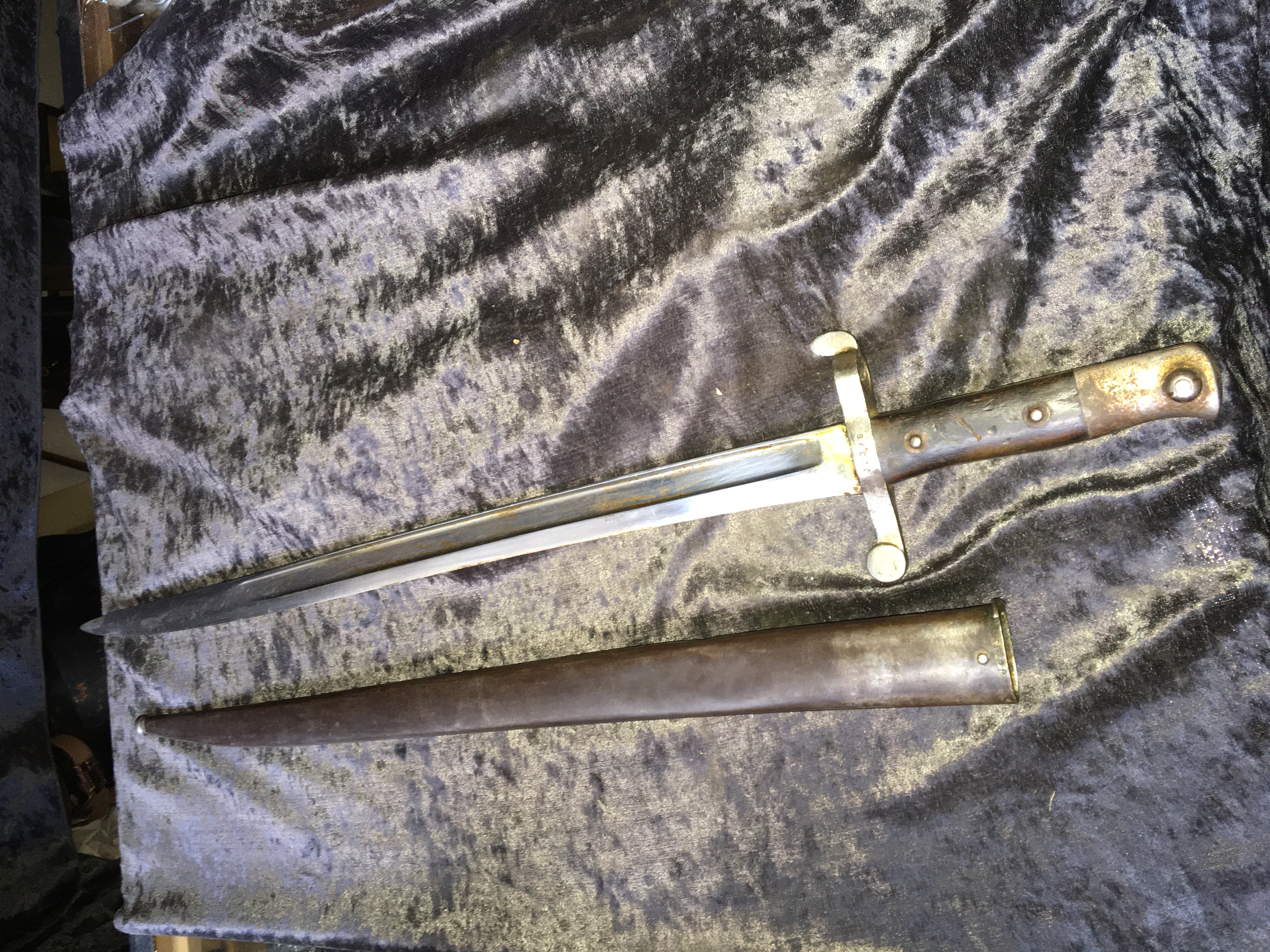For Sale
The following items are listed by for sale by users of the site and dealers. They are in no way endorsed or guaranteed by www.oldswords.com
Add a Classified ItemYou can also receive regular email notifcations when items match your keywords. To recieve them just register or logon at the top right of this page.
- Nation : -
- Local Price : £135.00
- Nation : Portuguese
- Local Price : £130.00
- Nation : African
- Local Price : £130.00
- Nation : -
- Local Price : £125.00
- Nation : Japanese
- Local Price : £125.00
- Nation : -
- Local Price : £125.00
- Nation : Indian
- Local Price : £120.00
- Nation : Indian
- Local Price : £120.00
- Nation : Mexican
- Local Price : £110.00
- Nation : French
- Local Price : £110.00


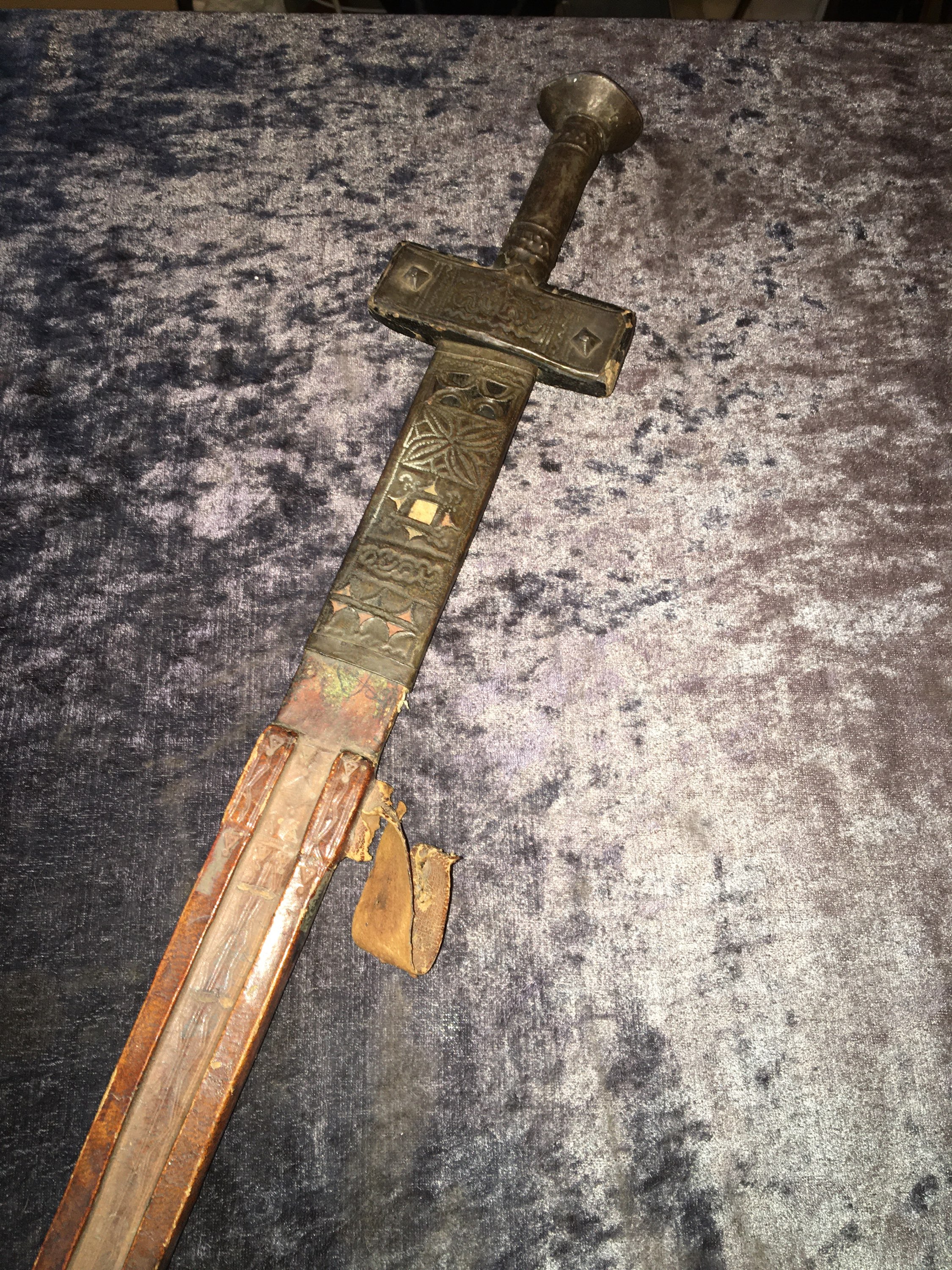
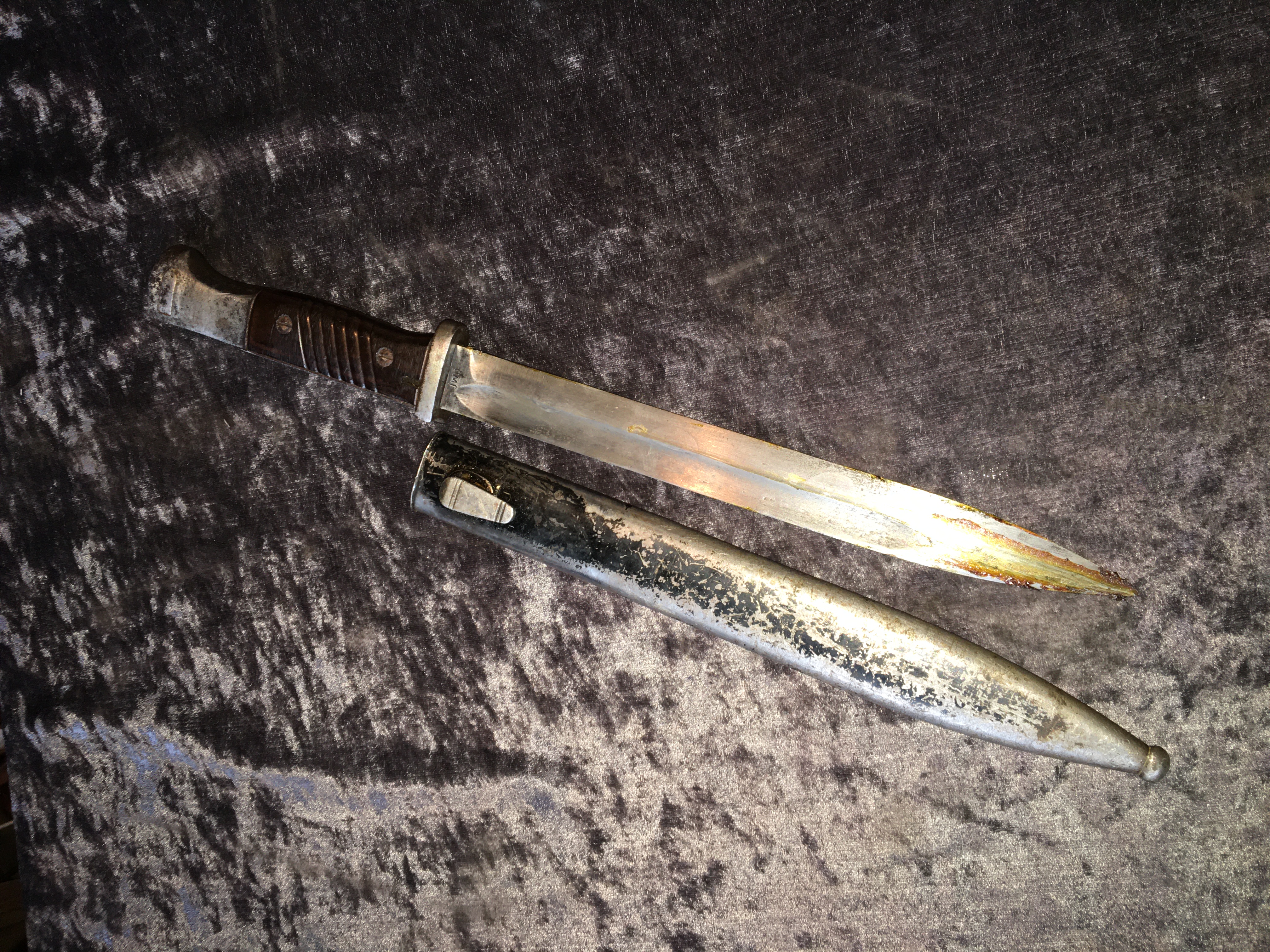
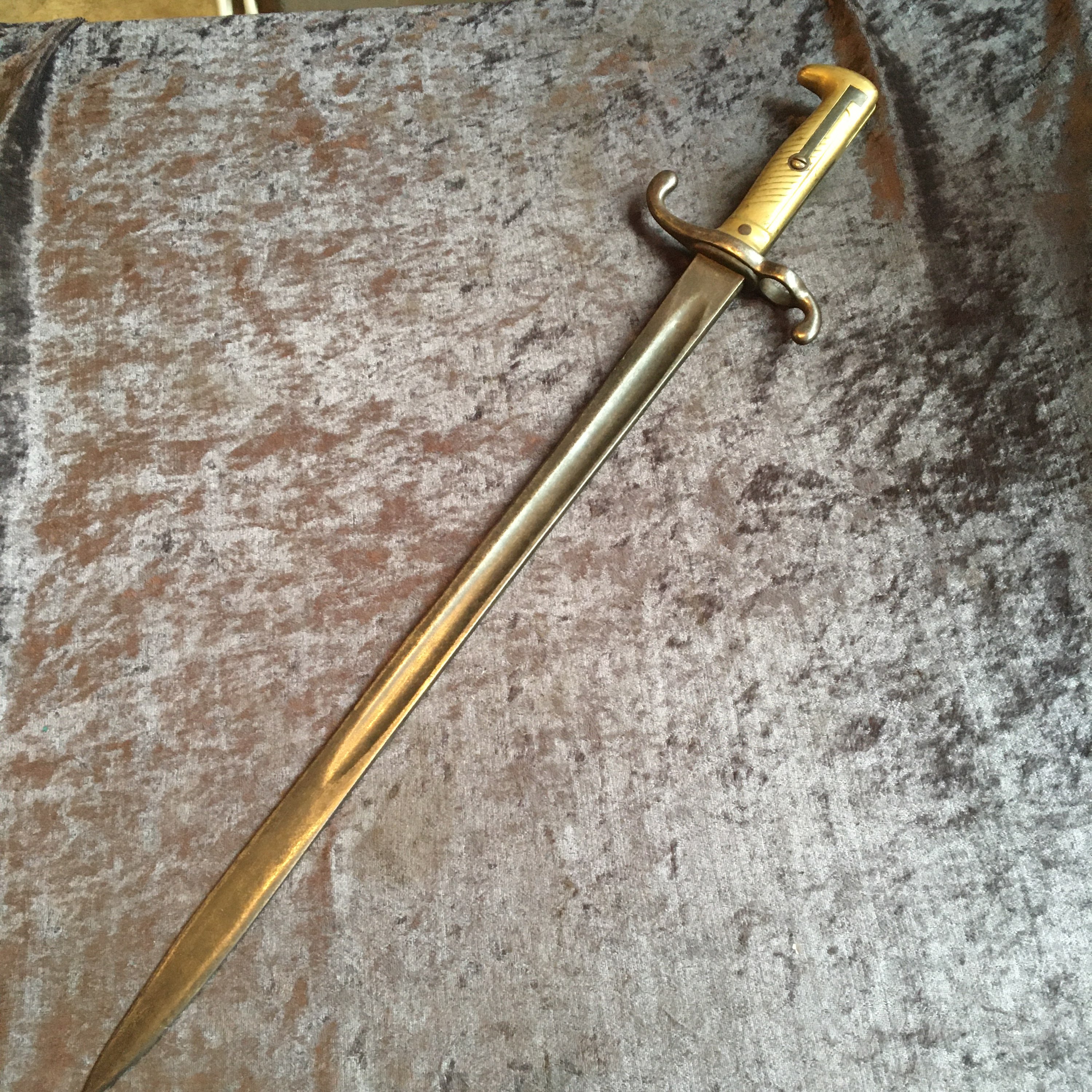


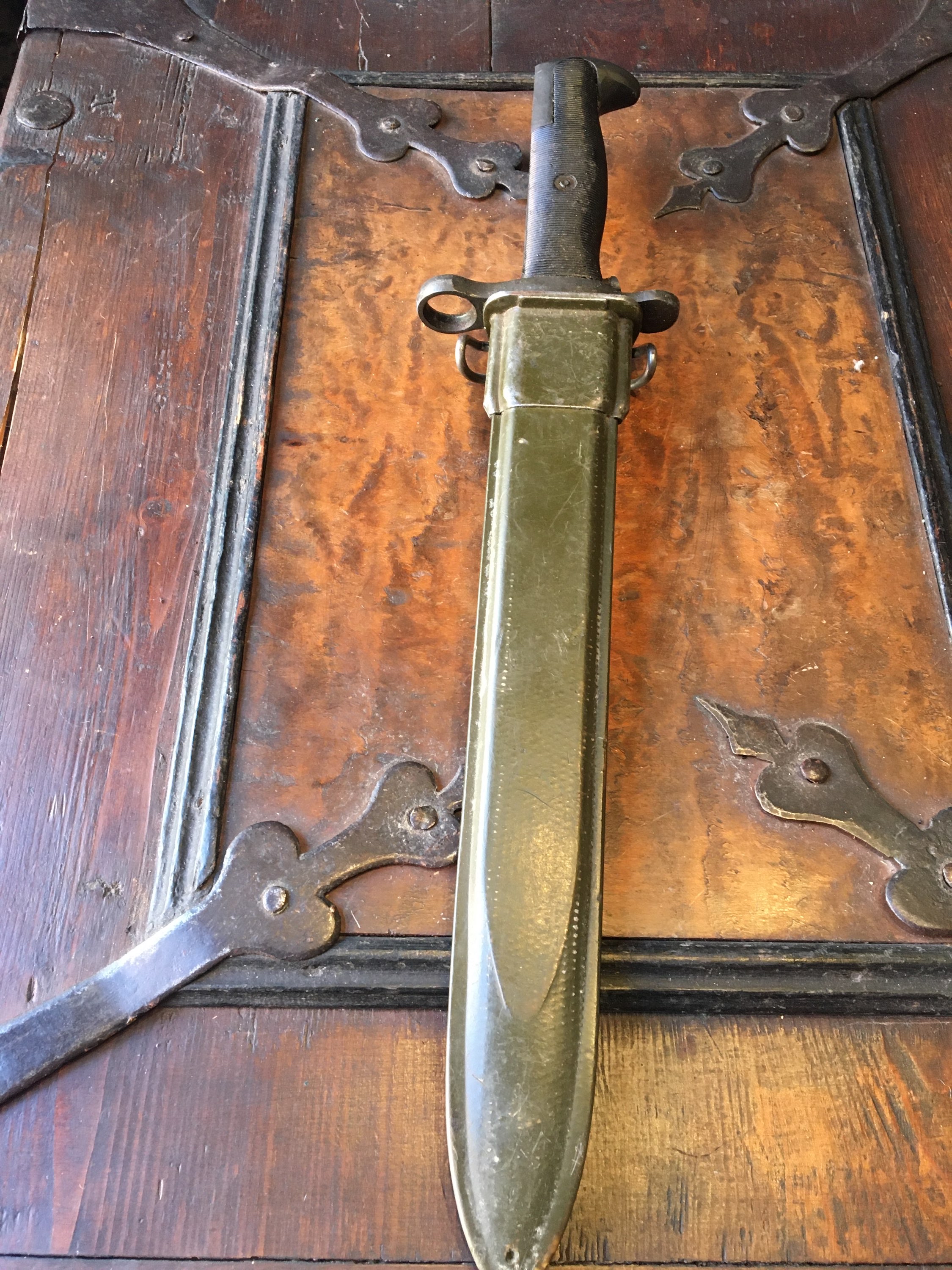


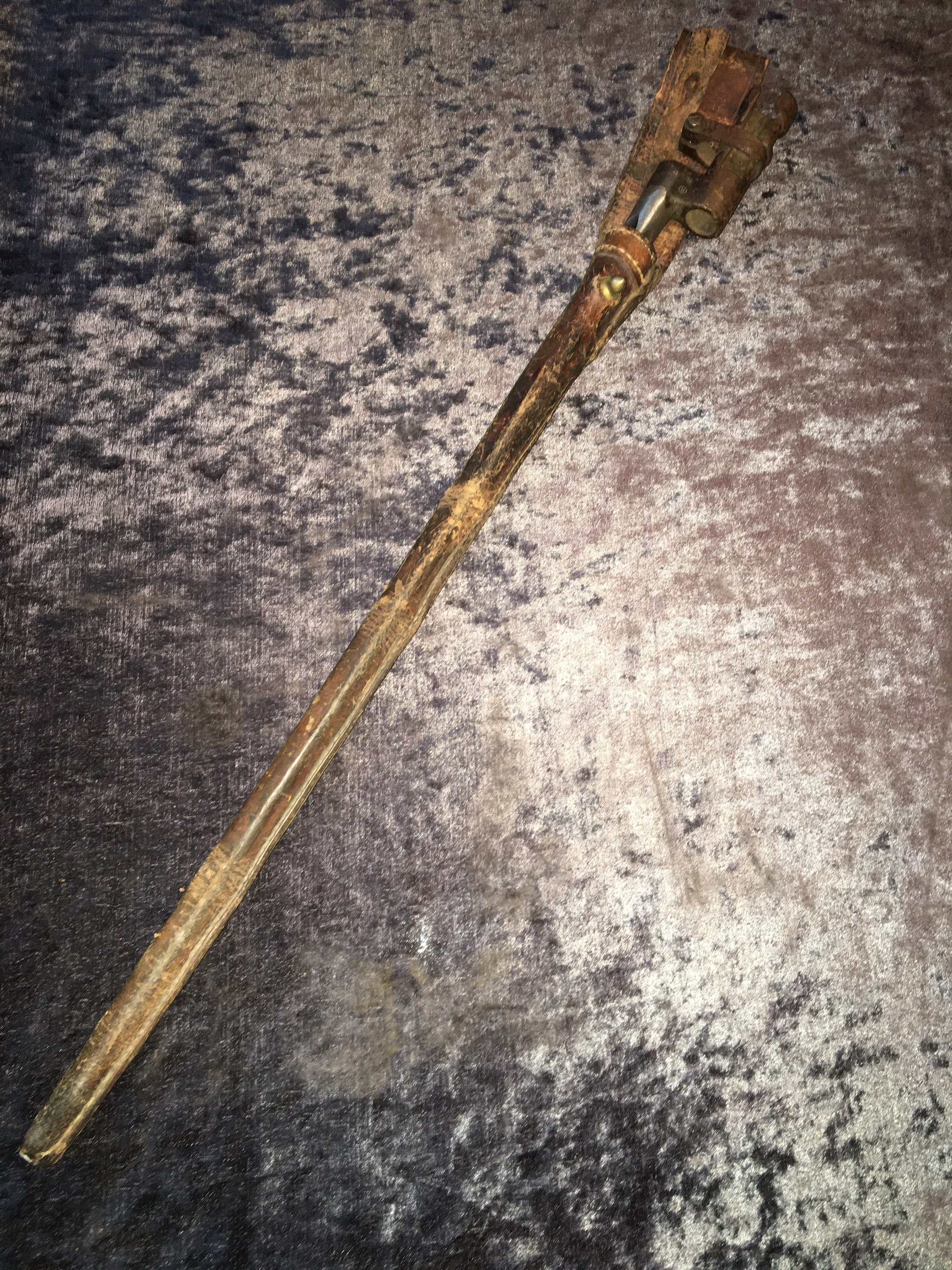
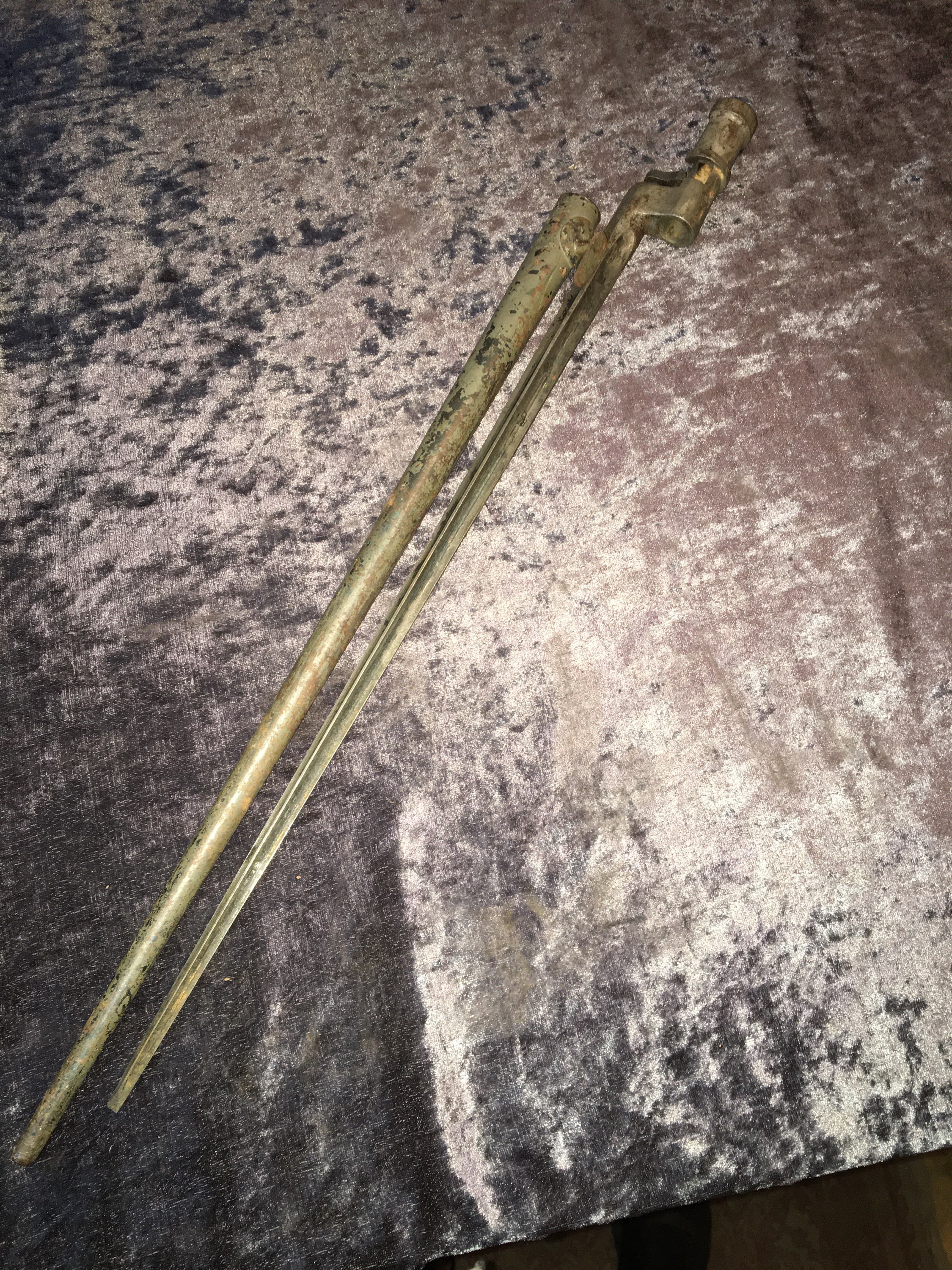
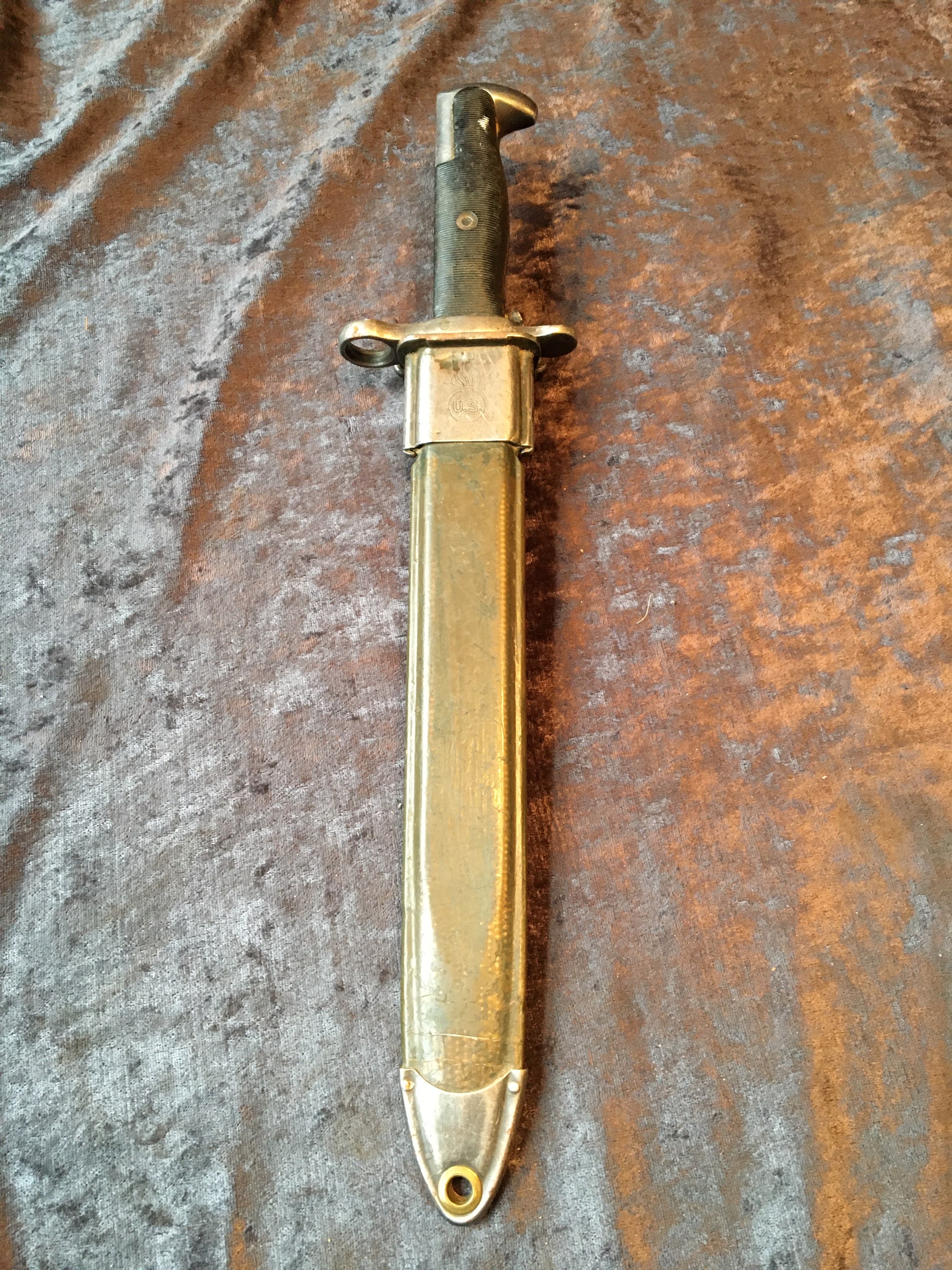




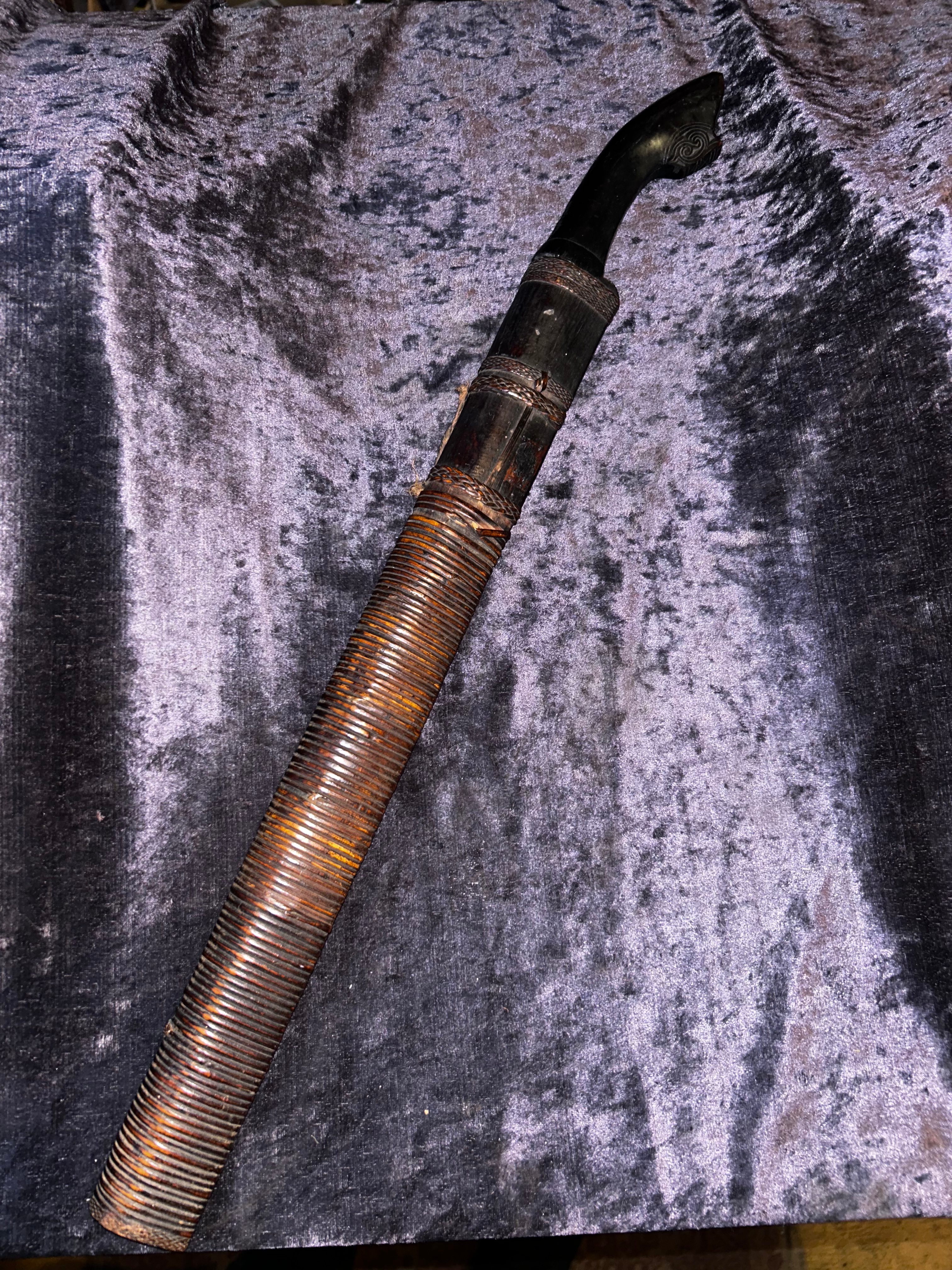

.jpg)
, Dated 1946, Chromed 1.jpg)
